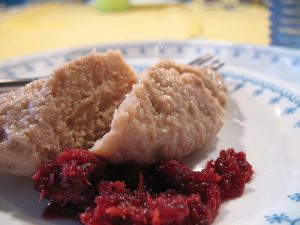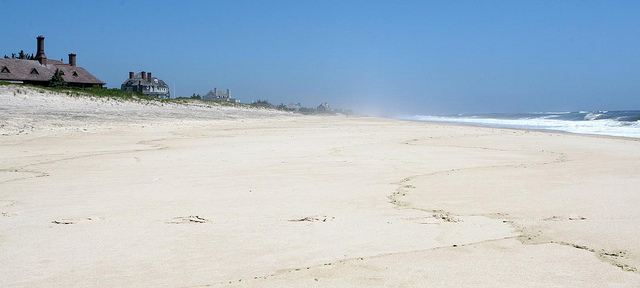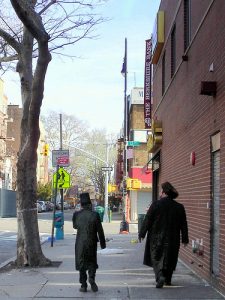In what can only be construed as an accident of timing, two films have just been released, one right after the other, that showcase the experience of earlier generations of American Jews. One is Woody Allen’s Café Society, the other is Indignation, a cinematic interpretation of the Philip Roth novel of the same name.
The first film, set amidst the tony New York supper clubs and swanky Beverly Hills homes of the interwar years, follows the ups and downs of Bronx-bred Bobby Dorman as he seeks both his fortune and sense of self in Hollywood and among the belle monde.
The second, set in the early 1950s amidst a handsome, leafy college campus somewhere in Ohio (it’s actually Princeton), follows the trajectory of Marcus -- a k a “Marky” -- Messner -- as he, too, leaves the nest -- Newark, New Jersey, in his case -- for the wider world.
Apart from their geographical distinctiveness, the two films have much in common. Their cast of characters, often verging on stock and stereotype, includes earnest, hungry young men from lower middle class American Jewish families; their anxious and inept fathers, and their strong willed, fierce mothers who find it increasingly difficult to bite their tongues as their sons take flight.
Both films seek to lay bare -- sometimes in a heavy handed way and at other moments, much more subtly -- the costs of integration, or what academics like to call “acculturation.” In plain language: What happens when the lure of the supper club trumps the lure of the seder table and escargot take the place of brisket?
Well, nothing that we haven’t seen before, which is why the release of these two films and their attendant popularity -- at my local movie house, they’re packin’ em in -- puzzles me. Leaving aside their respective cinematic merits -- I’ll leave you to decide which one is more absorbing and compelling -- I can’t help wonder what is it about upwardly mobile, starry-eyed American Jewish sons and their more hidebound parents that renders that tale so evergreen.
It can’t only be a matter of nostalgia or a collective wistfulness for a seemingly simpler era. I’d like to think there’s more to it than that. Then again, given the zeitgeist in which we currently find ourselves, perhaps retrospection is more attractive than thinking about what lies ahead.










